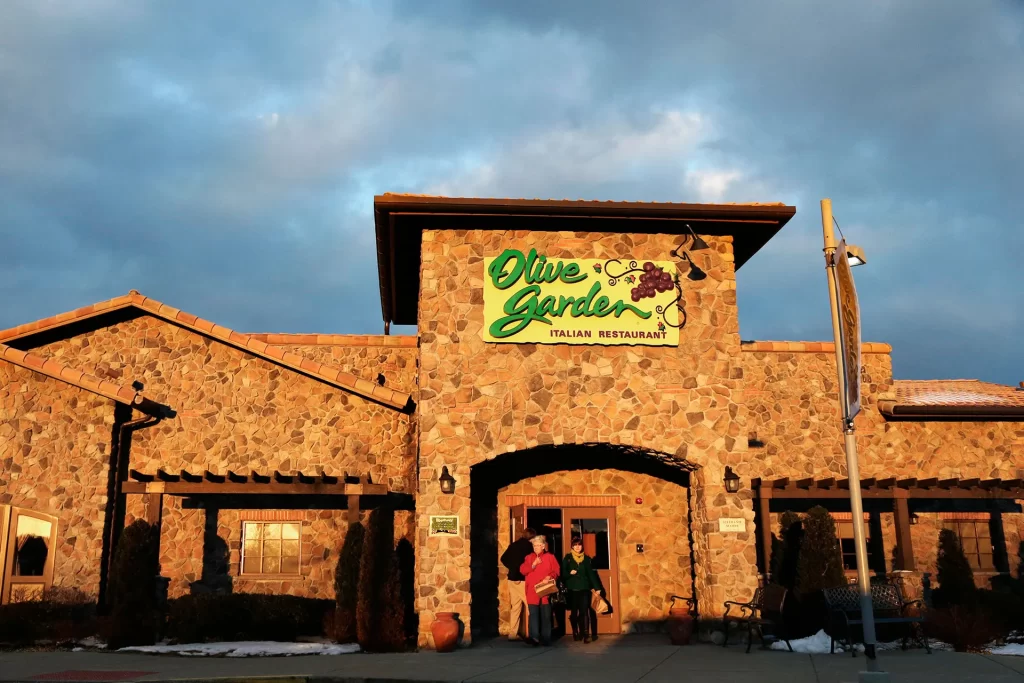What’s the Deal with Olive Garden?

Olive-Garden
In 2012, Olive Garden experienced a surge of excitement when Marilyn Hagerty, an eighty-five-year-old reviewer from a North Dakota newspaper, wrote a sincere and enthusiastic review about the “warm and comforting” chicken alfredo and the restaurant’s “impressive” decor.
This review quickly went viral, capturing the attention of many.
However, the tides have turned with the advent of social media. In recent days, a new assessment of Olive Garden has been circulating on platforms like Facebook and Twitter.
This assessment comes from Starboard Value, an activist investment firm that holds shares in Darden, the parent company of Olive Garden.
Starboard Value is currently vying for control of the board and has outlined a comprehensive plan spanning nearly three hundred pages, which highlights the various shortcomings of the restaurant.
Starboard seems to have tailored their report for Twitter. The investors, or their representatives, visited several Olive Gardens and came to some interesting conclusions.
For instance, they found that the breadsticks tasted like hot dog buns and that the chicken-topped vegetable lasagna was nonsensical. They also didn’t care for the crispy Parmesan asparagus.
The pasta itself was a major issue, as Olive Garden apparently no longer salts the water used to boil it, resulting in a mushy and unappetizing product.
Darden executives have yet to respond to the specifics of Starboard’s plan, but the company’s president and COO has stated that they will review it carefully and that many of Starboard’s ideas are already being implemented with positive results.
Olive Garden, the flagship restaurant of Darden, has experienced a decline in sales.
However, it is important to note that this decline is not exclusive to Olive Garden alone. Casual-dining establishments in general, such as Chili’s, T.G.I. Friday’s, and Red Lobster, have been facing challenges for a variety of reasons.
One of the main factors contributing to this struggle is the shift in consumer behavior, with people spending less time at malls where many of these restaurants are located, opting instead for online shopping.
As Amy Merrick pointed out in March, the convenience and appeal of shopping on platforms like Amazon outweigh the hassle of navigating through traffic, finding parking far from the desired store, enduring the noise of children, and avoiding pushy salespeople selling counterfeit products.
Additionally, the decline in incomes for low- and middle-income individuals in recent years has led consumers to gravitate towards restaurants like Chipotle and Panera.
These establishments offer a more upscale dining experience compared to fast food chains, yet remain affordable and casual in nature, striking a balance that appeals to a broader customer base.







